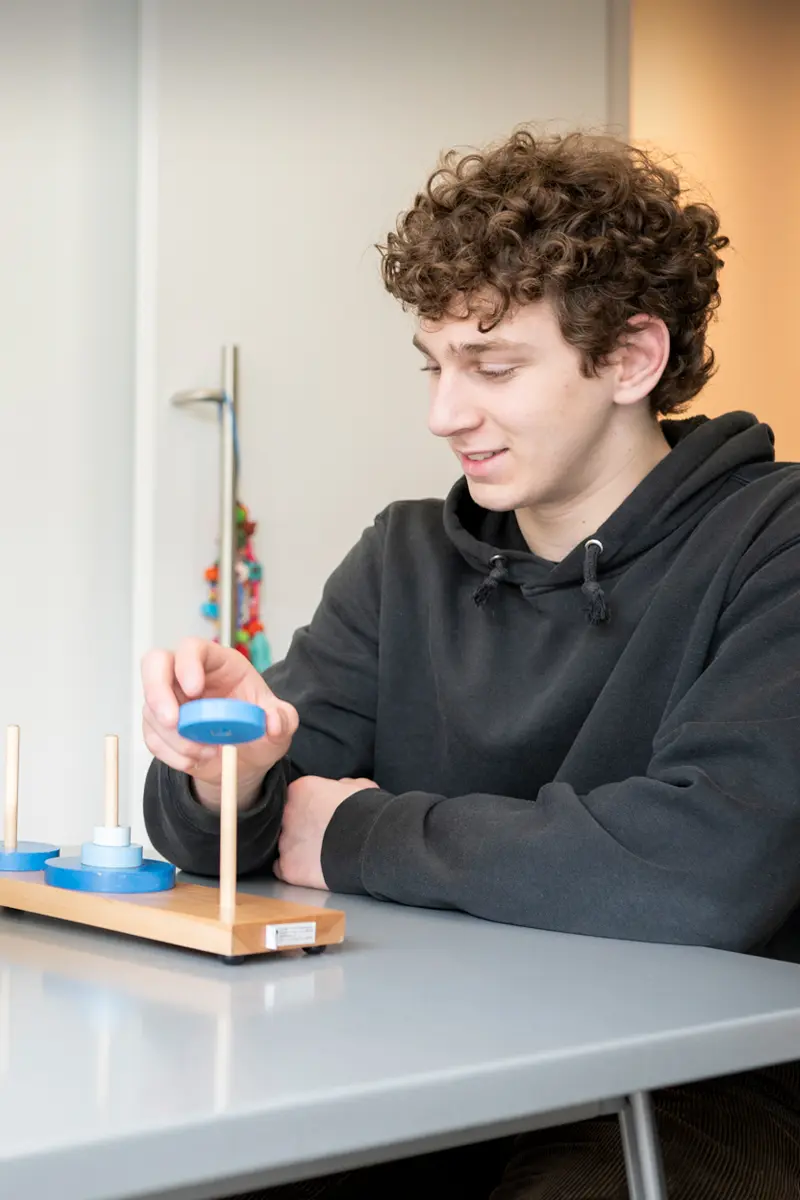ADHD Types and Symptoms
The DSM-5, the manual used by psychologists and physicians to diagnose ADHD, groups symptoms into three main types:
- Inattentive Type: Difficulty focusing, organizing, and following through on tasks
- Hyperactive-Impulsive Type: Excessive movement, fidgeting, restlessness, and interrupting others
- Combined Type: A mix of inattentive and hyperactive-impulsive symptoms
While the diagnostic types of ADHD (inattentive, hyperactive-impulsive, or combined) offer a framework, real-life presentations are often more nuanced and can shift over time or across settings like home, school, and social environments. For example, a child may not appear hyperactive but still struggle with emotional regulation, motivation, or time management.
ADHD: A disorder of self-regulation
Dr. Russell Barkley and other experts describe ADHD as a disorder of self-regulation. This means the core issue isn’t just attention—it’s the brain’s difficulty in effectively managing or regulating actions, emotions, and time.
If you think your child might have ADHD, a formal assessment can provide answers.
Book an ADHD assessment:
Possible signs of ADHD
ADHD presents differently in every child and can evolve over time. While ADHD can look like many different things, here are some of the frequent ways it may show up in kids, teens and young adults:
- Difficulty managing time or keeping track of it
- Trouble paying attention, following instructions, or listening when spoken to
- Restlessness, fidgeting, or a constant need to move
- Excessive talking, blurting out answers, interrupting, or acting without thinking
- Trouble waiting their turn in games or conversations
- Forgetting things, losing items, or struggling with organization (at home, school, or in thinking)
- Big emotional reactions or difficulty calming down
- Strong sensitivity to criticism or rejection
- Difficulty starting, staying on task, or finishing tasks that feel boring or hard (like homework or chores)
- Trouble managing focus or shifting attention — either from an unengaging task or away from something highly interesting
- Frequent careless mistakes in schoolwork or activities

ADHD symptoms in boys
Boys are often more likely to show externalized, hyperactive and impulsive behaviours, like running or climbing in inappropriate situations, or constantly fidgeting.
ADHD symptoms in girls
Girls are more likely to exhibit inattentive or internalized symptoms, such as daydreaming, disorganization, and emotional sensitivity. These traits are often misinterpreted as shyness or anxiety, leading to underdiagnosis and misdiagnosis.










